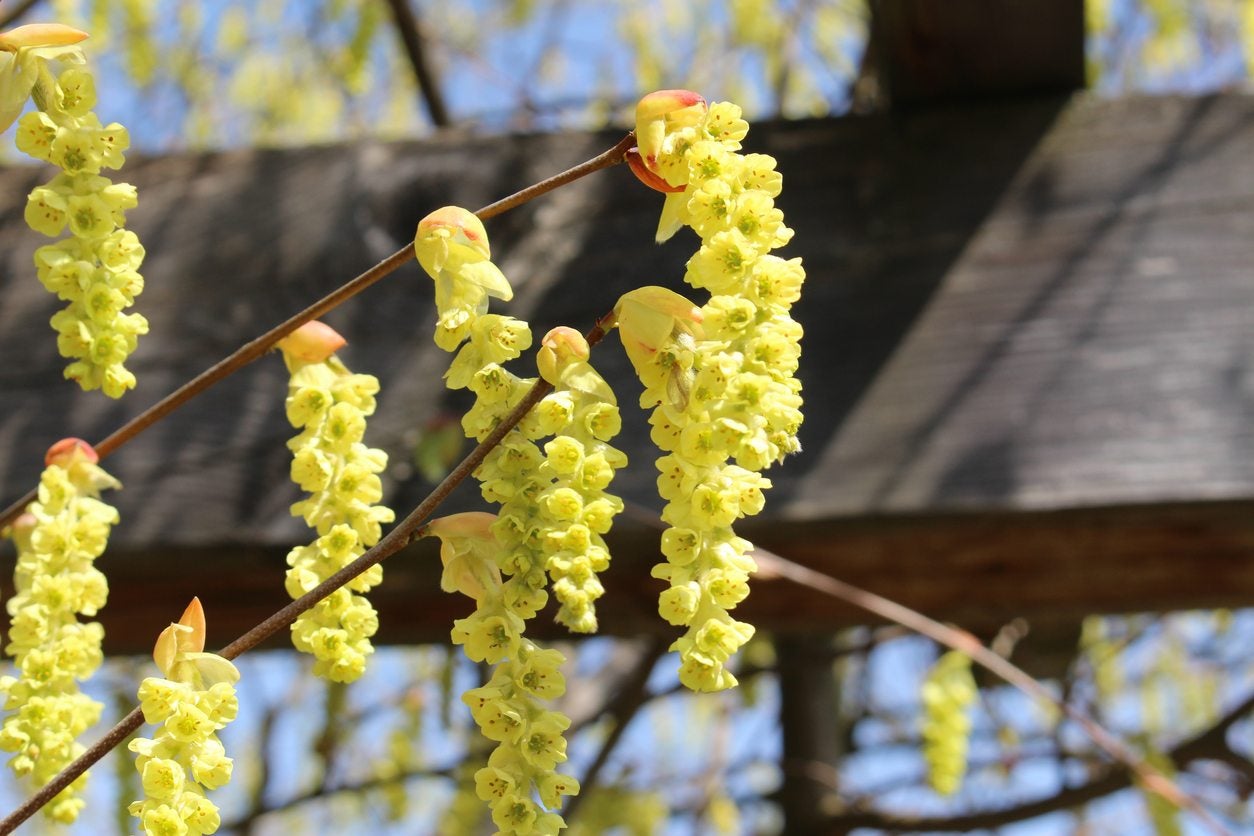What Is Winterhazel: Winterhazel Plant Info And Growing Tips


What is winterhazel and why should you think about growing it in your garden? Winterhazel (Corylopsis sinensis) is a deciduous shrub that produces sweet smelling, yellow blooms in late winter and early spring, usually about the same time forsythia makes a welcome appearance. If this has piqued your interest about Corylopsis winterhazel plants, read on to learn more.
Winterhazel Plant Info: Winterhazel vs. Witch Hazel
Don’t confuse winterhazel with the more familiar witch hazel, although both are hardy shrubs that flower when most plants are dormant, and both have similar hazel-like leaves. Winterhazel produces long, drooping clusters of yellow, bell-shaped blooms, while the spidery, long petaled witch hazel blooms may be red, purple, orange, or yellow, depending on the variety. Also, witch hazel reaches heights of 10 to 20 feet (3-6 m.), while winterhazel generally tops out at about 4 to 10 feet (1-3 m). Winterhazel is a tough plant suitable for growing in USDA plant hardiness zones 5 through 8. It needs well-drained, acidic soil, preferably amended with organic material such as compost or well-rotted manure. Growing Corylopsis winterhazel plants need partial or full sunlight; however, it’s a good idea to site the plant where it’s protected from intense afternoon sunlight and harsh winds.
Winterhazel Care
Once established, winterhazel tolerates a fair amount of neglect. Winterhazel doesn’t require a lot of water after the first growing season, and it doesn’t tolerate soggy, damp soil. Occasional irrigation is usually sufficient; however, be sure to water regularly during hot, dry weather. Fertilizer isn’t always needed, but if the plant isn’t looking healthy, feed it in late winter or early spring. Use a fertilizer formulated for acid-loving plants like azaleas or rhododendrons. Prune winterhazel, if needed, immediately after flowering. Otherwise, prune during flowering and show off the pruned branches in floral arrangements. Healthy winterhazel plants are rarely bothered by pests or diseases.
Sign up for the Gardening Know How newsletter today and receive a free copy of our e-book "How to Grow Delicious Tomatoes".

A Credentialed Garden Writer, Mary H. Dyer was with Gardening Know How in the very beginning, publishing articles as early as 2007.